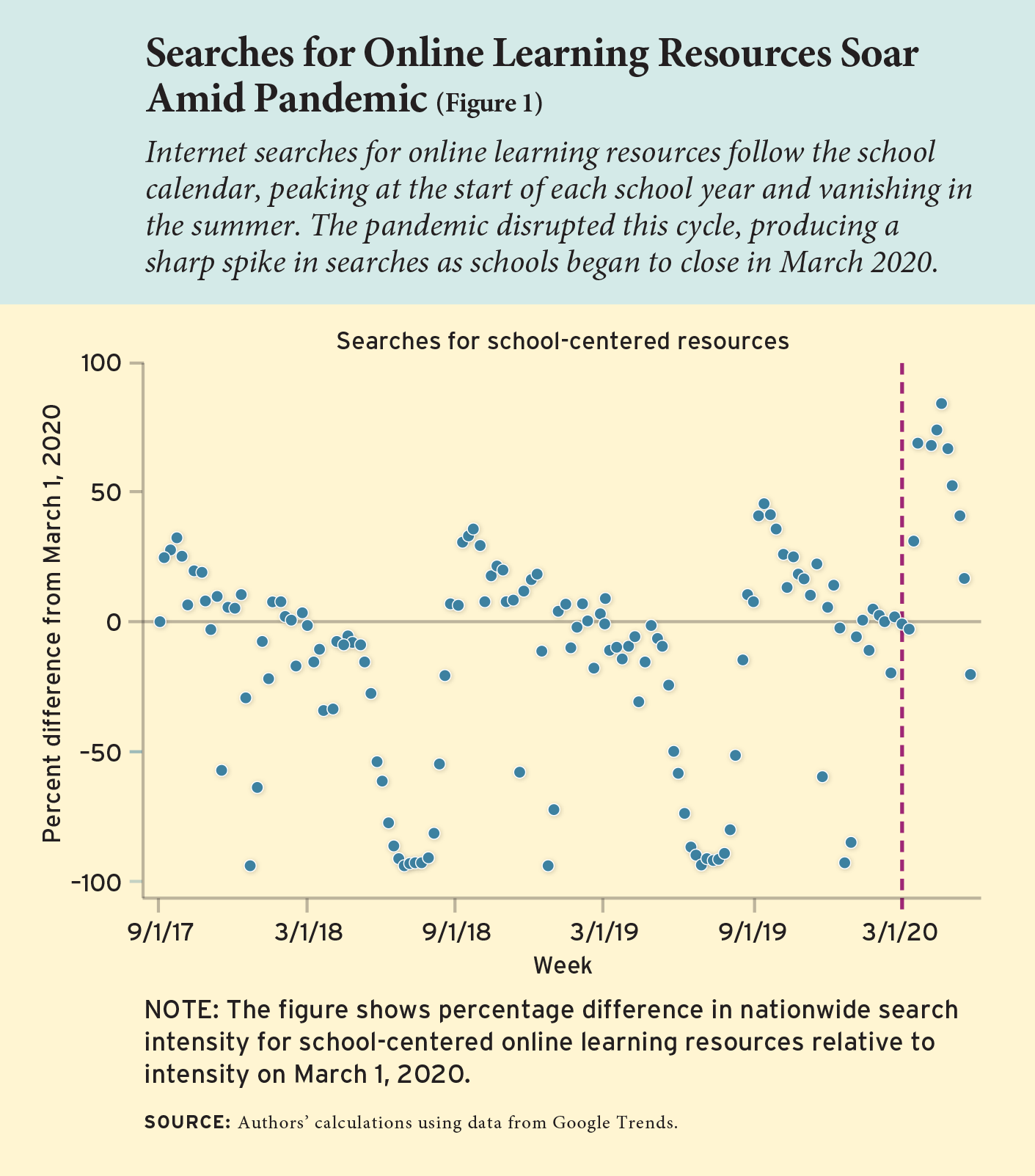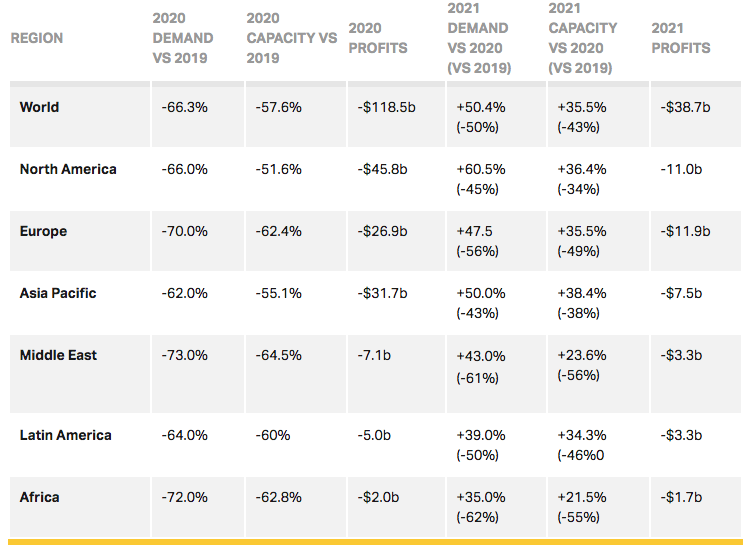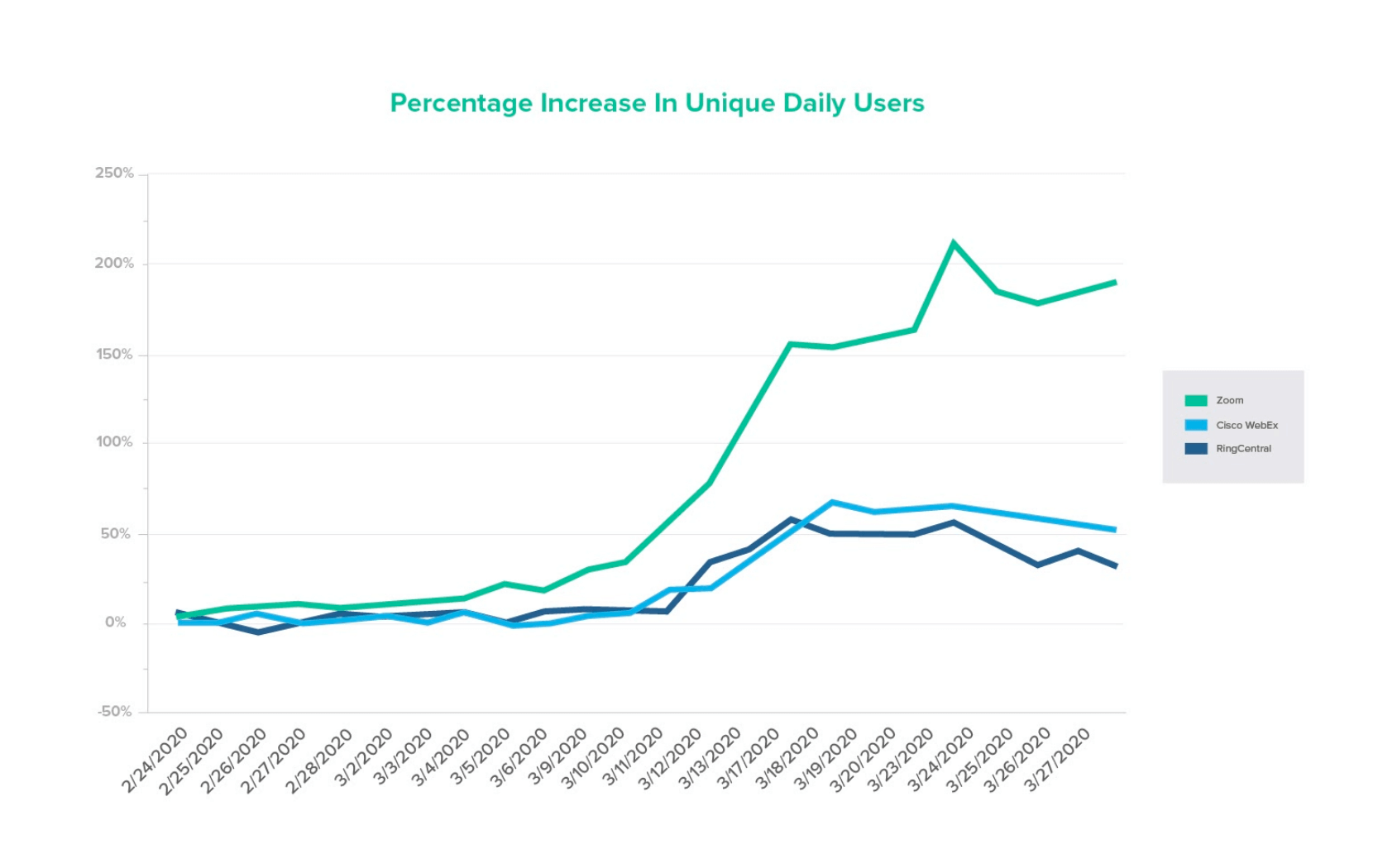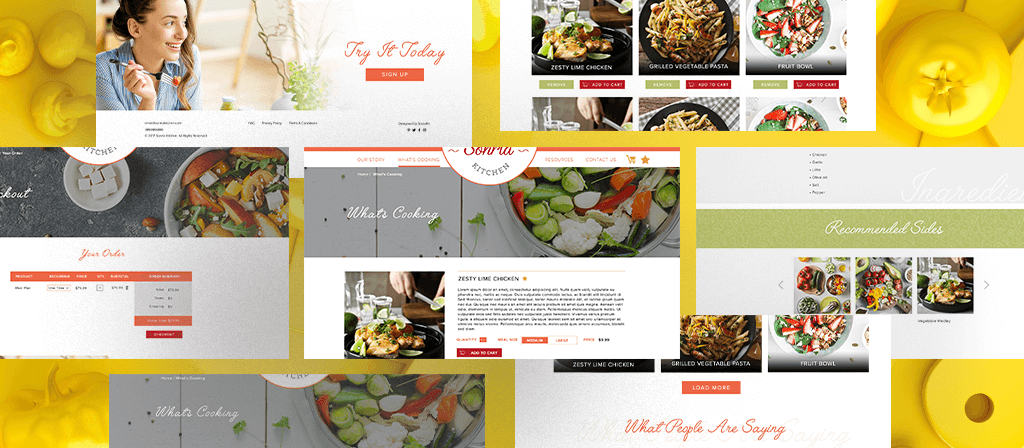Want a heads up when a new story drops? Subscribe here.
The global pandemic is transforming societies across a range of contexts and already has a significant impact on our behavior, values, and attitudes as well as agendas on societal and organizational levels.
Lockdowns, the near-suspension of commerce, and restrictions on travel and socializing are expected to leave lasting scars and change the way our political, social, and economic systems operate. A crisis of epic proportions, Covid-19 can reorder economies and societies in unexpected and dramatic ways. It can change the way we live, work, and see the world, for better or worse. The global crisis has exposed the shaky foundations on which countries sit, forcing political leaders and societies to rethink the things they take for granted. From the interlinked nature of production capabilities and global supply chains to just-in-time inventories, global disturbances are likely to change the world permanently.
Some trends were already there and unfolding before the outbreak started, but we are now witnessing a hard acceleration that will reshape commercial activity. And while many businesses fight to survive the pandemic, some are quick to adapt and respond to changing consumer behavior to emerge as leaders. Exit from the global pandemic will be most likely digital, and now is the time to embark on a digital transformation journey.
Global efforts to fight and contain the pandemic have already changed consumer shopping behavior and consumption patterns. The stay-at-home work-at-home economy will likely be the new normal. With consumers staying away from traditional retail stores, online demand has surged across categories, including food delivery, cooking, home fitness, online courses, and dating, to name a few. From clothing and personal care products to building supplies, more consumers now use digital channels to buy the products and services they need.
Table of Contents
Positive Impact Across Categories
Food Delivery
With social distancing rules in place in most countries, the number of consumers that turn to food box delivery has steadily increased. Globally there has been increasing search interest in “local food” and “food delivery”.
Sonria Kitchen Offers Food Delivery via their Brand New Website that the SocialFix Team developed for them
Demand for local food is on the rise, and there is a good reason for this. According to Jan Willem van der Schans, senior researcher at Wageningen University and Research, supermarkets have a limited storage capacity for fresh produce sourced from around the world. When global supply chains are disrupted, locally produced and sourced food could be a buffer, and consumers have come to realize this. Another downside of relying on big chains is that the products they offer contain a limited range of ingredients, including crops that are quick to grow in large quantities. Shopping online, on the other hand, makes it possible to indulge in a large variety of products.
Online Courses
The global pandemic resulted in school closures in most countries which explains the rise of online learning. Some claim that the move to digital learning will result in poor educational outcomes because of little preparation and teacher training. For others the hybrid education model offers multiple benefits such as in-person instruction and less exposure for students and staff. Educators also advocate this model. Professor at the University of Jordan Dr. Amjad explains that document sharing, video meetings, and chat groups allow him to communicate with students more effectively.
The global crisis has boosted interest in remote learning as well as evident from the drastic rise in searches for “online training”, “online course”, and “e-learning”.
Demand for online learning is particularly high in states where restrictions have been rolled back and in those with stay-at-home orders.

Credits: “What Google Search Data Reveals About Learning During the Pandemic” by EducationNext.com
States with more restrictions on social distancing have seen an increase of up to 40 percent in Google searches. But even after the pandemic is finally over, many students are likely to opt for remote learning “in some capacity”, lecturer at Fowler College of Business Bernhard Schroeder says.
The reasons are many, from accessibility and reduced rates to flexible schedules and a much wider variety of extracurricular activities. Adding to this, head of research at Imperva Nadav Avital points out that digital learning can attract educators from across the globe and lower tuition fees, encouraging students to take more online courses.
Cooking Websites
With most of humanity on lockdown and people stuck in their homes, recipe traffic has virtually spiked. As restaurants shut down, many people found themselves needing to learn how to cook. Websites featuring cooking videos and recipes have seen a 6 percent increase in traffic amidst the pandemic.
Cooped inside their homes with little to do and with quarantines put in place, millions of people developed an interest in food content, cooking shows, and cooking in general.

Credits: Food Study Special Report by Hunter
Coronavirus-related restrictions have plunged economies into contraction, and what humanity is faced with is the deepest recession since World War II. The recession that began in February forced an increasing number of people to cut back on dining out, and Americans are finally cooking more. Websites offering ideas for cost-cutting and cheap home-cooked meals and recipe swapping sites have seen an increase in traffic.
Products Offering Convenience and Enabling Social Distancing
More and more consumers show preference for products that facilitate social distancing and offer enhanced user experience, convenience, and better perceived value. Trends that emerged as a result and are expected to continue being popular include:
- VR /MR/ XR
- Subscription services
- Voice commerce
- Re-commerce
- Headless commerce
- Social commerce
- Mobile shopping experiences
- Mobile payments
Mobile Payments
A major trend that marked 2020 is the rise of mobile payments, making online shopping more secure and easier. With the outbreak of the global pandemic, contactless is not only seen as more convenient but also as more hygienic.
Data by industry research firm National Retail Federation and Forrester confirms this. Health and safety concerns associated with Covid-19 have resulted in the rise of mobile payments and accelerated the shift to digital. In 2020 this trend has been prominent in Canada and the U.S. as the North America Online Payment Methods 2020 & COVID-19’s Impact report shows. Close to 30 percent of U.S. customers became first-time users, and many plan to stick with contactless payments post-pandemic.
Social Commerce
Amidst the ongoing pandemic, more and more consumers are turning to alternative forms of retail shopping as is the case with social shopping. Social commerce allows users to purchase products via social media platforms with just a few clicks. Besides convenience, this helps customers to avoid contact with potentially infected people. With people spending more time on social networks amidst the pandemic, platforms like Facebook, Instagram, and TikTok have seen rise in commerce activity.
According to eMarketer, social media accounts for 11.6 percent of the total online sales volume in China, worth $186 billion. This is ten times the volume of sales in the U.S. While social media e-commerce still has a small share in the U.S., this is expected to change with the mass scale shift in consumer behavior due to Covid-19. Limited availability and access have driven this shift in shopping behavior, with up to 50 percent of customers switching brands, websites, and stores. Time is right for new players to step in as customers are not only spending more time online but are trying new social media platforms.
Subscription Services
News subscriptions are on the rise during the pandemic, with global uncertainty rising and news changing at a rate we have never seen before. The Subscription Impact Report released by Zuora reveals that subscription for media and digital news grew by 110 percent by May 2020. This is mainly due to increased demand for up-to-date information. Businesses that experienced stable growth include e-learning, media and digital news, and OTT video streaming.
Negative Impact across Categories
Airlines
Airlines have seen a major drop in traffic since the onset of the coronavirus crisis. According to data by IATA, traffic is unlikely to return to pre-pandemic levels before 2024, and this is the best case scenario. Search volumes also declined, the most affected being AirAsia with -45 percent, Qatar Airways with -49 percent, and Austrian Airlines with – 83 percent.

Credits: Deep Losses Continue into 2021 by IATA
Customers are already making purchasing decisions faster, as a result of which booking and shopping lead times have significantly shortened. For passengers safety measures onboard and at airports have taken precedence over price. Cost is no longer a major factor influencing travel decisions. As customer shopping behavior has been altered, airlines have been forced to introduce significant changes in how airfare is filtered and displayed and in advertising and customer targeting.
Events Industry
The events industry has been hard hit by the pandemic, with major sporting events, music festivals, concerts, trade shows, exhibitions, and conferences either cancelled or postponed. A survey by PCMA reveals that 66 percent of events professionals postponed and 87 percent cancelled events amidst the ongoing pandemic. The survey also shows that 7 out of 10 professionals switched events fully or partially to online platforms.

Credits: How COVID-19 Is Changing the Way We Work: Zoom Boom + MFA is the Way by Okta
Without doubt, the safest and cheapest way to organize events is virtually. Zoom fatigue associated with video conferencing and excessive use of platforms of communication is real, however. A study published by Microsoft’s Human Factors Lab shows that virtual collaboration involves more stress than in-person communication. What this means for the events industry is that hybrid events will be the norm post-pandemic. Conferences, seminars, and concerts that mix online and live attendees have the potential to include a larger audience. As restrictions are gradually lifted and daily life nearly reaches pre-pandemic normality, we may see full live events but this is an area to watch this year and beyond. Prior to the pandemic, virtual events included chat rooms, chat bots, gamification, and virtual streaming, which is likely to become standard in the near future.
Key Themes
The key themes that emerged with the onset of the pandemic and are likely to stick in the foreseeable future are return to values and essentials, greater awareness of safety concerns, changing loyalties, and the central role of the home due to lockdowns and restrictions.
Sticking to Essentials
We are witnessing a return to essentials, with more and more people refraining from impulse buying. A survey by McKinsey, US Consumer Sentiment during the Coronavirus Crisis shows that 40 percent of respondents plan on cutting discretionary spending.
Brand Switching
As the pandemic affected the finances of many U.S. households, consumers are keen on trying new sales channels, products, and brands. McKinsey’s survey reveals that 75 percent of U.S. customers have tried new brands and shopping behaviors, and many will continue doing so post-pandemic. This shift is less pronounced in countries like Japan and Germany as they face an economic shock of a lesser degree.
At-Home Activities Likely to Stick
Stay-at-home orders have driven rise in a variety of domestic activities, making our homes central to our lives. McKinsey’s survey reveals that only 24 percent of respondents feel safe when taking part in out-of-home activities. Some 36 percent of Americans are engaging in outdoor and out-of-home activities, having adopted a whole variety of at-home activities like cooking and online streaming. These are likely to stick even after the global pandemic subsides.
Companies Moving into the D2C Pool
With supply chain disruptions resulting from the global pandemic, many B2B industries choose to move into the D2C space. Some of them are:
- Telemedicine providers
- Construction materials manufacturers
- Chemical manufacturers
- Fitness equipment manufacturers
- Food and beverage manufacturers, distributors, and retailers
Safety Concerns
Safety worries have made people limit contacts even as economies and societies are gradually reopening. The Deloitte Global State of the Consumer Tracker shows that a little over 1/3 of U.S. consumers have no safety concerns related to in-store shopping. The study found that about 25 percent of people are worried about their personal finances while over half of the respondents are worried about their health.
Emerging Trends
It is clear that Covid-19 is changing how we live, work, communicate, and shop as we are faced with unprecedented levels of uncertainty. More people have begun using virtual platforms for work, entertainment, and shopping as the pandemic is gradually transforming our world. As e-commerce has a wider reach and offers convenience, it is set to boom in times of social distancing. In fact, data from IBM’s U.S. Retail Index shows that the global crisis has accelerated consumers’ shift away from brick-and-mortar retailers and toward purely e-commerce shopping by 5 years. As a result, non-essential retailers saw major sales declines that plummeted by 75 percent during the second quarter of 2020. E-commerce sales accounted for slightly over 16 percent of the total sales or $212 billion. And while 16 percent still looks like a small percentage, retail sales include grocery stores, gas stations, parts and motor vehicle dealers, and other categories where digital still has a small role to play.

Credits: Ecommerce Growth Forecast; eMarketer.
There are some strong headwinds that support the growth of e-commerce, however. Customers are getting used to convenience which many cite as the major reason for shopping online. A growing concern that pandemic pressure will result in continued social distancing encourages customers to continue shopping online. This is likely to reinforce changes in consumer behavior that have already occurred.
At the same time, competition is getting more intense as online retailers are making every effort to retain customers through product range expansion, product diversification, promotions, subscription models, and loyalty programs. One reason why competition is getting fierce is that more and more consumers use referral sites and price engines to comparison shop and get the best value for their money.
The Way Forward
Like other events that transformed societies and economies in lasting ways, Covid-19 has permanently changed the future of healthcare, travel, work, and retail. For months societies have been dealing with constant change that feels unsettling: Is physical distancing here to stay? Will borders stay closed? Will economies be sustainable during challenging times like what we are now going through? What services and industries will change? What sectors will recover and operate the way they did before the pandemic?
Businesses and consumers are trying to navigate the unknown. This is a crisis of historic proportions and one that most of us have never seen in our lifetimes. The global crisis makes the future look uncertain but it also presents an opportunity. Big-name businesses were founded in times of economic turmoil and from crisis – Airbnb, Walt Disney Co., MTV, Netflix, and Sports Illustrated, these are but a few. The Covid crisis forced many businesses to shut down but also resulted in an increase in entrepreneurial activity. What we are witnessing is a critical time for humanity but it has also led to a surge of creativity.
The global pandemic changed the way we communicate, relate to the outside world, travel, work, and shop. Shifting consumer behavior presents ample opportunities for brand-building and business growth. Businesses are already in the process of redirecting existing knowhow, networks, supply chains, skills, and knowledge to new demands and needs. From grocery delivery to producing shields and face masks, innovation is the key to progress, helping us make a smooth transition from surviving to thriving in the new normal.
Resources:
https://www.semrush.com/blog/market-winners-losers-coronavirus/?mindbox-click-id=f892cbc3-0ae2-4ac2-ba0e-bb88b3b00cab&utm_source=mindbox&utm_medium=Email&utm_campaign=en_mrbu_AnalyzingOtherWebsites_231020&utm_content=Webinars
https://www.bbc.com/future/bespoke/follow-the-food/how-covid-19-is-changing-food-shopping.html
https://www.emarketer.com/content/china-social-commerce-makes-up-11-6-of-retail-ecommerce-sales
https://www.mckinsey.com/business-functions/marketing-and-sales/our-insights/survey-us-consumer-sentiment-during-the-coronavirus-crisis
https://www.microsoft.com/en-us/microsoft-365/blog/2020/07/08/future-work-good-challenging-unknown/





